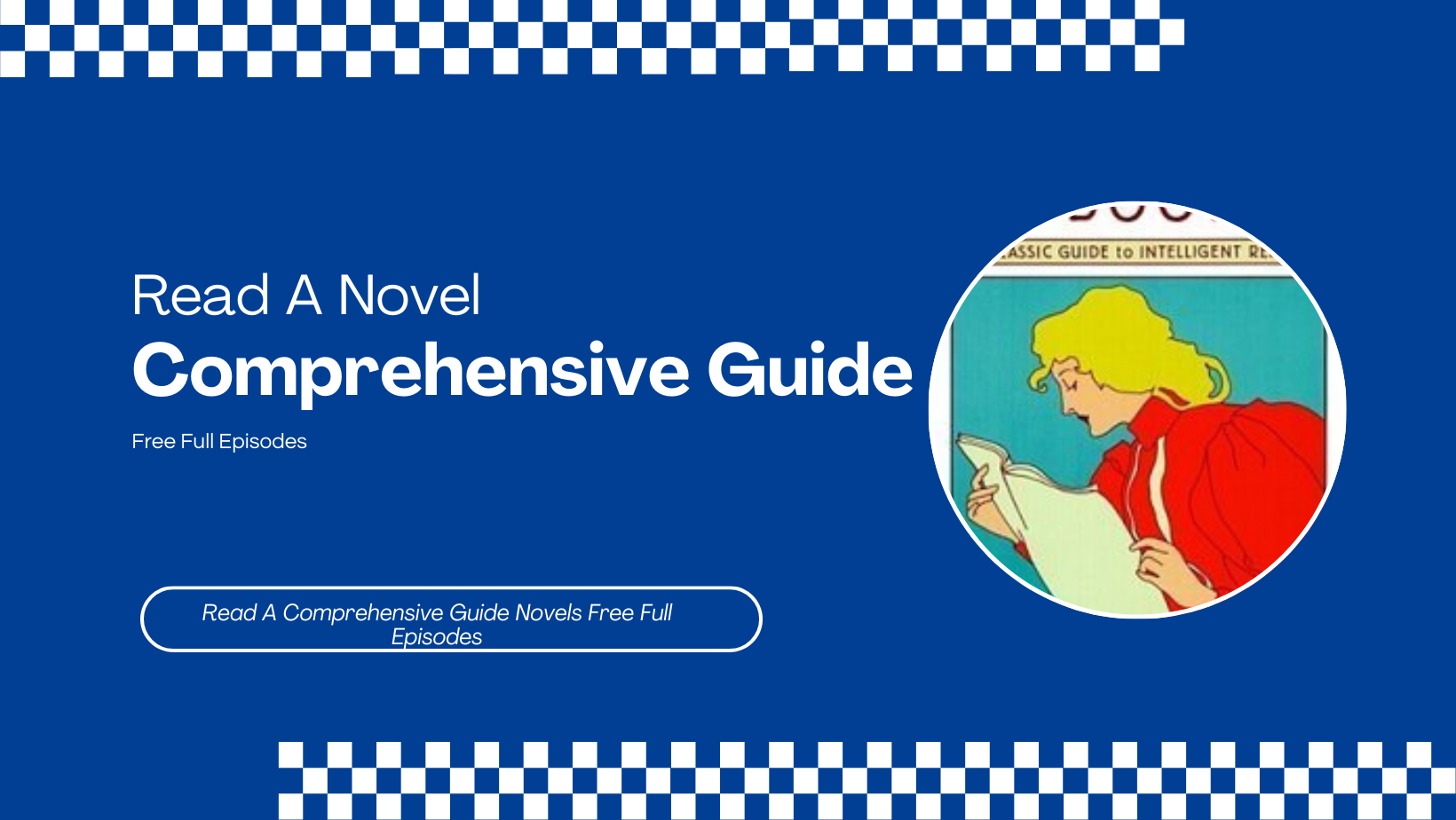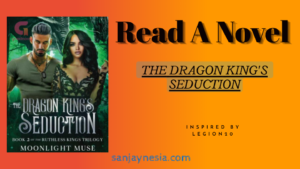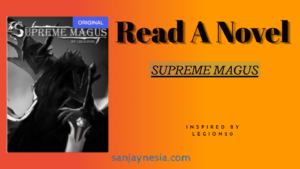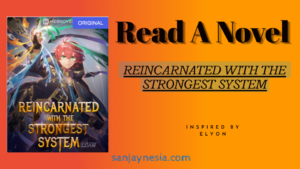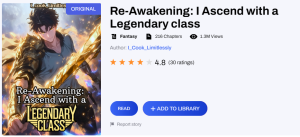How to Read a Book, first published in 1940, has achieved the status of a rare phenomenon, evolving into a living classic over the decades. This book stands out as the most effective and widely acclaimed guide to reading comprehension tailored for the general reader. In its latest edition, it has been thoroughly rewritten and updated to meet contemporary needs and expectations.
Levels of Reading
The book meticulously guides readers through various levels ofreading, offering insights on how to master each stage. The progression of reading levels is asfollows:
Elementary Reading: This foundational stage focuses on basic comprehension skills,ensuring that readers can understand the text at a fundamental level.Inspectional Reading: This level emphasizes systematic skimming, allowing readers to grasp the main ideas and structure of a book quickly.
At thisstage, readers are encouraged to delve deeper into the text, analyzing arguments,themes, and the author’s intent.Syntopical Reading: This advanced level involves reading multiple texts on the same subject to compare and contrastideas, fostering a broader understanding of the topic.
The final stage teaches techniques to increase reading speed without sacrificing comprehension, enabling readers to consume information more efficiently.
Techniques for Effective Reading
The book provides a wealth of strategies for effectively engaging with different types of literature.Key techniques include:Categorizing a Book: Understanding the genre and purpose of a book helps readers approach it with the right mindset.
X-Raying a Book: This technique involves breaking down the structure of a book to uncover its core ideas and arguments.Extracting the Author’s Message: Readers learn how to identify and articulate the main points the author is trying to convey.
Critical Analysis: The book encourages readers to question and evaluate the content critically, fostering a deeper understanding and engagement with the material.
How to Read a Book” covers a wide array of reading techniques tailored for different genres and types of literature,including:Practical Books: Strategies for applying knowledge from self-help and instructional texts.Imaginative Literature: Techniques for appreciating narrative structure and character development in fiction.Playsand Poetry: Approaches for interpreting dialogue and poetic devices.
History: Methods for understanding context and perspective in historical texts.
Science and Mathematics: Strategies for comprehendingcomplex concepts and theories.Philosophy: Techniques for engaging with abstract ideas and arguments.SocialSciences: Approaches for analyzing research andsociocultural theories.
Recommended ReadingList
In addition to these comprehensive reading strategies, the authors have included a thoughtfully curated recommended reading list. This list serves as a valuable resource for readers seeking to expand their literary horizons. It encompasses a diverse range of genres and authors, encouraging readers to explore new ideas and perspectives.
Reading Tests
To further enhance the reading experience, the book offers reading tests designed to help readers assess and measure their progress in terms of reading skills,comprehension, and speed. These tests provide a practical way for readers to track their development and improvement over time, ensuring that they can achieve their personal reading goals.
Conclusion
How to Reada Book” remains an essential guide for anyone looking to improve their reading skills and comprehension. With its structured approach to different levels of reading, practical techniques for engaging with various genres, and resources for tracking progress, this book continues to empower readers to become more effective and critical consumers of literature. Whether you are a casual reader or a dedicated scholar, this classic work offers invaluable insights that can transform your reading experience.

